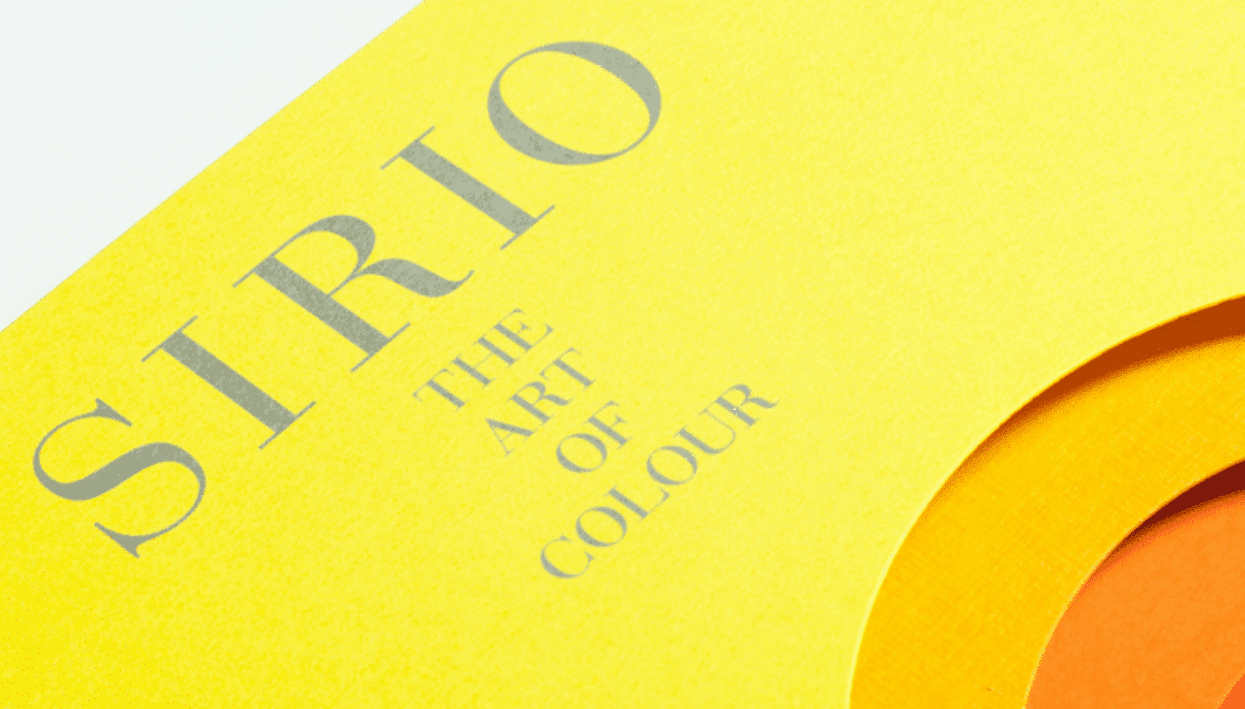Wide Format Printing
The art of persuasion: how to break through to branding agencies
Author
FESPA Staff
Published Date
23/03/2022
Become a FESPA Member
to Continue Reading
